Why Owner-Builders Prefer Prefabricated Kit Homes (And Why Some Builders Don’t)
When building a kit home, you’ll often face a choice between prefabricated wall frames and stick-built construction. For owner-builders, the decision is usually simple: prefabricated kits make the process faster, easier, and less risky. However, for experienced builders, stick building may still offer advantages in cost and control.
Prefabricated Wall Frames a Better Fit for Owner-Builders
Prefabricated kits from iBuild arrive with wall frames and trusses already made to measure. For owner-builders, the process is straightforward – the components are pre-manufactured and simply need to be joined together on-site.
This approach is particularly well-suited to less experienced builders, as it significantly reduces the likelihood of errors during framing. Inexperienced builders may otherwise make costly mistakes. Prefabrication enables iBuild to handle the complex structural components, providing clients with greater peace of mind and reducing the risk of rework.
For more details, check out our guide on what’s prefabricated and what’s not in timber and steel frame kits.
Why Stick Building Still Works for Some Builders
Despite the benefits of prefabricated kits, stick building – where wall frames are assembled on-site using loose, pre-cut timber – remains a preferred method for some professional builders. It can be more cost-effective for those with the skills and labour to manage the process efficiently; however, it also requires more time, coordination, and on-site effort.
Why Prefabricated Kits Are Ideal for Owner-Builders
Prefabricated kits make the building process more accessible and accurate. For owner-builders, this means a lower learning curve, fewer errors, and a more streamlined experience. With much of the framing completed at the factory, owner-builders benefit from reduced complexity and a higher-quality outcome.
Although prefabrication doesn’t always guarantee a faster build – due to potential wait times for factory delivery – it becomes especially valuable during trade shortages or adverse weather. Prefabricated wall frames reduce dependence on on-site labour and help your project progress more smoothly under challenging conditions.
Flexible Framing Options with iBuild
At iBuild, we understand that every building project is unique. That’s why we offer both fully prefabricated wall frames and a stick-based prefab option to suit different site conditions and builder preferences.
Our fully prefabricated wall frames are delivered ready to be installed, simplifying on-site work and helping streamline your build. These frames are pre-manufactured to your project’s specifications, reducing errors and saving valuable time.
For customers seeking more flexibility – such as when site access is tight or design changes are anticipated – we also offer a stick-based prefab system. This option provides loose, uncut timber components that are delivered to site, requiring cutting and assembly by the builder. It allows for a higher level of customisation on-site but also demands more experience, time, and precision.
While stick-based prefab may offer some cost savings for experienced builders, it is generally not recommended for first-time owner-builders due to its complexity and labour intensity.
